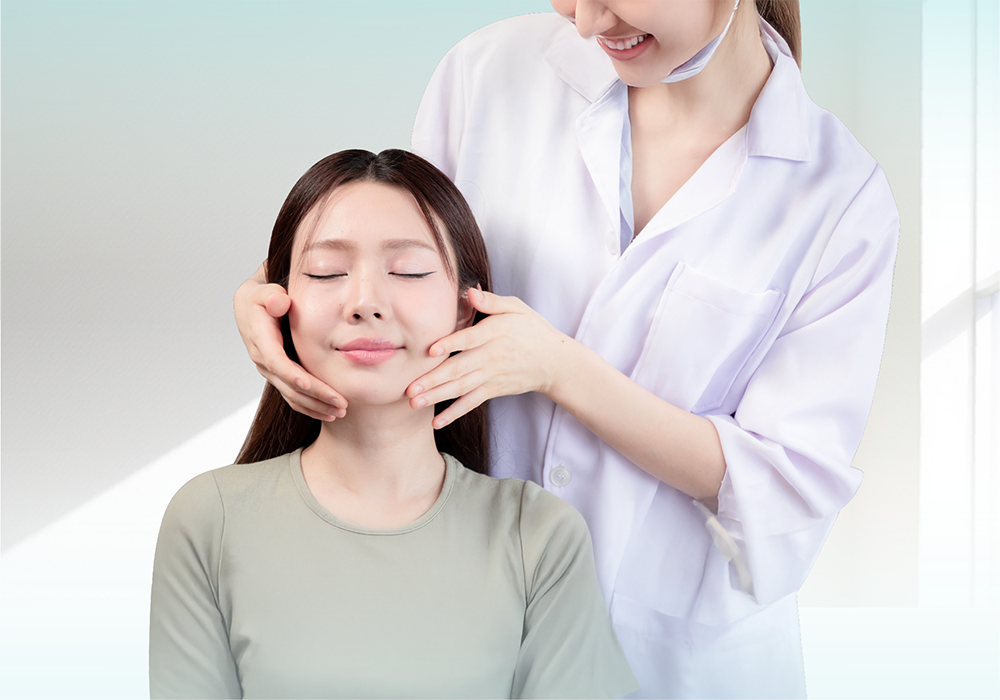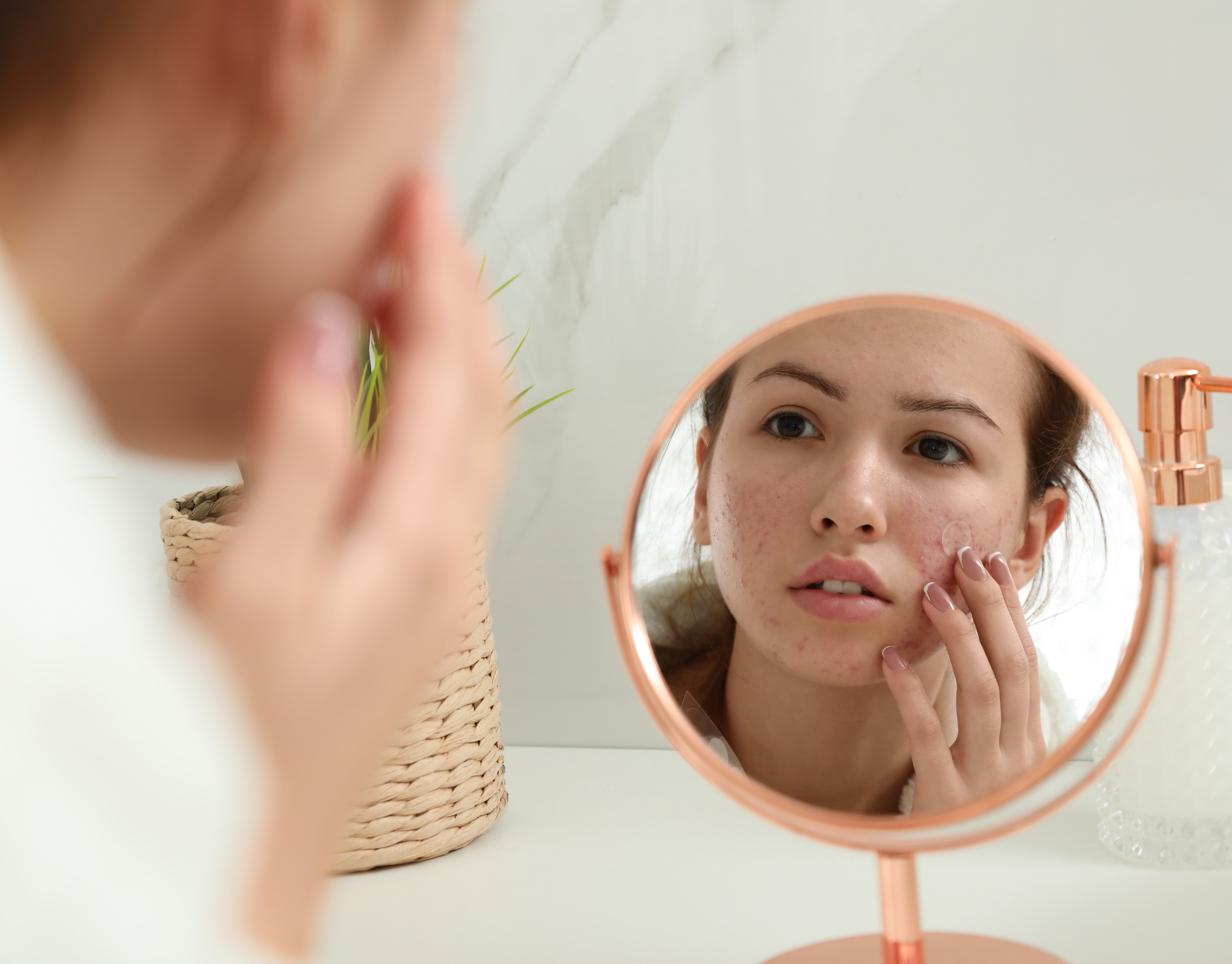Acne vulgaris, commonly referred to as acne, is a prevalent skin disease affecting millions of people worldwide.
Characterized by various lesions, including whiteheads, blackheads, pimples, and, in severe cases, cysts, acne is more than just a cosmetic concern.
For many acne patients, the condition can cause significant psychological distress and lead to permanent acne scarring. This article will explore the science behind acne formation and touch on various risk factors contributing to acne severity.
The Science Behind Acne Formation
The process of acne formation begins in the sebaceous glands, small oil-producing glands located in the skin's lower layers. These glands are found in abundance on the face, back, and chest - areas where acne commonly occurs.
Each sebaceous gland is connected to a hair follicle, forming a unit known as the pilosebaceous unit. The sebaceous glands produce sebum, an oily substance that travels up the hair follicle and onto the skin's surface, maintaining skin hydration and providing a barrier against external contaminants.
Acne begins to form when the process within the pilosebaceous unit goes awry. Hormonal changes, particularly an increase in androgens (such as testosterone), can stimulate the sebaceous glands to produce more sebum.
Simultaneously, dead skin cells lining the hair follicle do not shed properly and accumulate, leading to a clogged pore. The increased sebum production and clogged pore create an ideal environment for the growth of Propionibacterium acnes, a bacterium that resides on the skin. Overgrowth of this bacterium within the hair follicle can lead to skin inflammation and the formation of acne lesions, known as comedones (whiteheads or blackheads).
When the follicle wall breaks down due to the increased pressure of accumulating sebum, dead skin cells, and bacteria, it results in inflammatory acne, such as red pimples, pustules, and in severe cases, cystic acne.
The Risk Factors for Acne
Many risk factors contribute to the development and severity of acne. Hormonal fluctuations, particularly during puberty, are a key contributor. This explains why acne is prevalent among teenagers. However, adult acne, specifically in women, is also common due to hormonal changes during menstruation, pregnancy, and polycystic ovary syndrome (PCOS).
Genetics play a crucial role as well, with studies showing a significant association between a family history of acne and increased acne severity. Lifestyle factors, including stress, diet, and smoking, have been implicated as potential risk factors in certain individuals, though further research is necessary to clarify these associations.
Acne Severity Grading and Treatment

Source: The Journal of Dermatology
Acne severity can be graded from mild to severe. Mild acne is characterized by several papules and pustules (pimples), but no nodules.
Moderate acne presents with several to many papules and pustules, along with several nodules. Severe acne is described as numerous or extensive papules and pustules, plus many nodules, potentially leading to severe acne vulgaris and the risk of scarring.
Treatment of acne depends on its severity. Mild acne can often be managed with topical treatments like benzoyl peroxide, salicylic acid, and retinoids.
These agents work by reducing sebum production, increasing skin cell turnover to prevent pore clogging, and inhibiting bacterial growth.
Moderate to severe acne may require systemic treatments such as oral antibiotics, hormonal therapies (for women), and the powerful medication isotretinoin.
Along with these medical treatments, maintaining a gentle skincare regimen, including regular cleansing and moisturizing, can assist in managing acne.
Professional facial treatments after expert skin analysis can also improve various acne conditions.
Psychological Impact of Acne
Aside from its physical manifestations, the psychological toll of acne should not be overlooked.
The condition can cause significant emotional distress and impact an individual's quality of life, particularly for those with severe acne vulgaris, where the risk of lasting acne scars is a significant concern.
Future Directions in Acne Research
Despite the availability of various acne treatments, acne remains a common skin disease that can be difficult to manage in some cases.
There is an ongoing need for further research to fully understand the pathophysiology of acne and to identify more effective treatment strategies.
According to the "Journal of the European Academy of Dermatology and Venereology" (JEADV), ongoing research areas include the role of diet and gut health in acne, the influence of environmental factors, and the development of novel therapeutic agents.
Understanding the formation of acne is crucial to developing more effective treatment options. While there's much we already know, there's also much we still have to learn about this complex skin disease.
A comprehensive approach, targeting the many factors involved in acne development, is the best strategy for managing this common skin condition. If you are struggling with acne, seek advice from a skincare professional who can provide an accurate diagnosis, assess acne severity, and recommend suitable treatment options for your individual needs.









